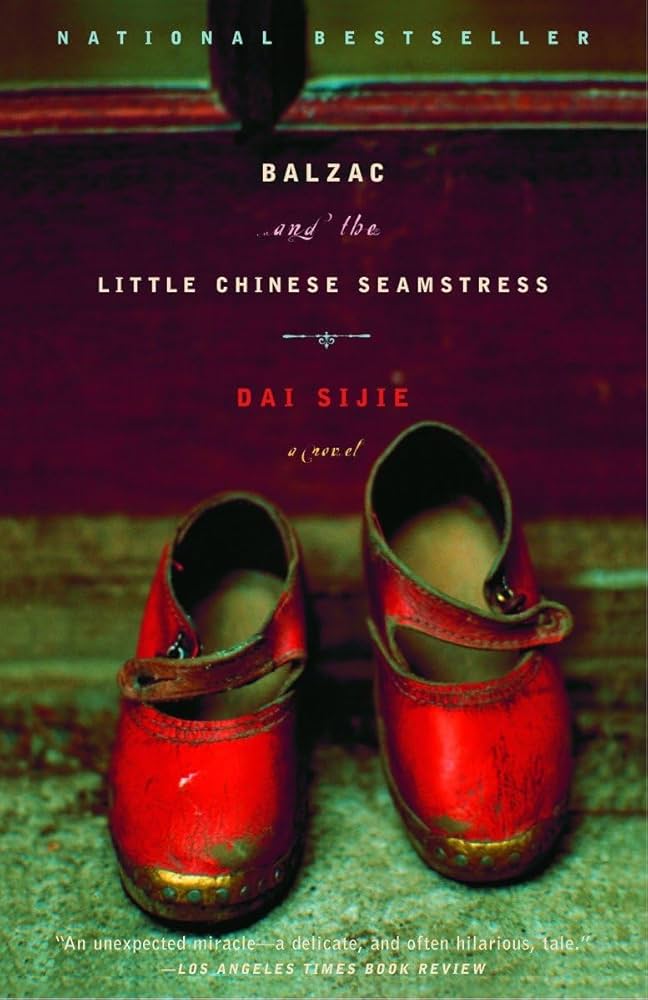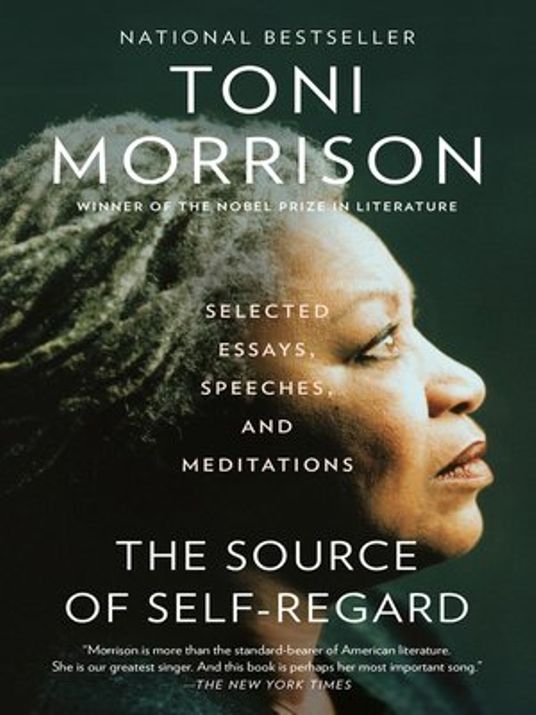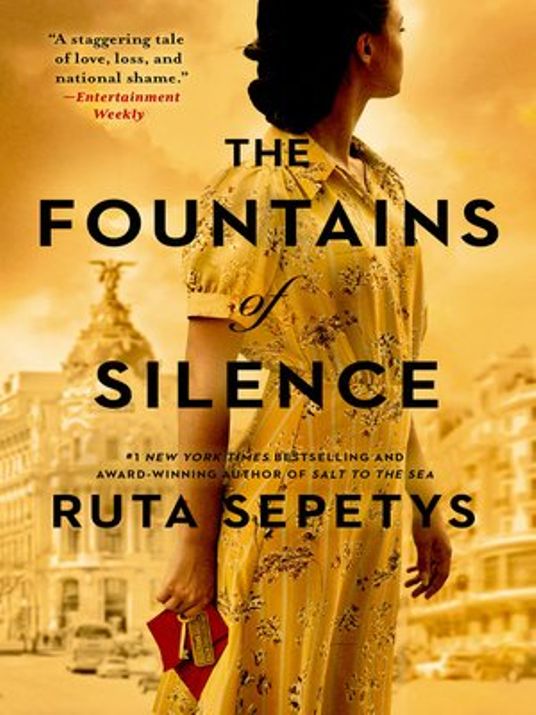Recently, I read this book for my school’s international novels unit, and I’d have to say that this is one of the best books I’ve ever read, and probably one of the only times I actually really enjoyed reading a book that was assigned to me.

This book is set in China during the Cultural Revolution. The author actually based the experience of the main character, whose name is not explicitly revealed, and his friend Luo, on his own experiences being re-educated under the communist regime. The boys in this book, who are part of a group the ruling party classifies as “young intellectuals”, are sent away to the Chinese countryside under Chairman Mao’s re-education program, where they are “re-educated” by the peasants. However, ironically, the two boys end up being the ones exposing the peasants to Western ideas, which the author makes apparent since the start of the book, with the violin and alarm clock in their possession, which the peasants have not seen before.
The two boys are sent into a small village in the mountains, for the reasons above. Early in the book, the abilities of the boys are made apparent. The main character’s main talent is playing the violin, while Luo’s ability is being able to retell and tell a story with great emotional effect. Luo’s ability eventually allows them a slight reprieve from the grueling labor they are forced to do in the village, and they get to watch and retell films for the village.
Luo and the narrator eventually meet the daughter of a tailor, one of the wealthier people in the region they are in. He eventually falls in love with her, and they have a relationship together. Meanwhile, Luo and the narrator go to visit a friend nicknamed “Four-Eyes”, who was also sent to be re-educated, similarly to them. As the story goes on, he grows more suspicious of the other two, likely due to his paranoia.
A prevalent, repeated theme throughout the book is the unlikeliness that the boys will ever be allowed to go back to the city, as their parents were branded “enemies of the people” by the new regime. The boys frequently mention that their chance to return is around “three in a thousand.” However, they still do everything in their power to be considered to be allowed to return to the city. The concept of a power balance is also explored by the author throughout the book, as he establishes how the peasants are supposed to be the ones in power and educating the boys, but the items such as the alarm clock that Luo brings to the village govern the life of the villagers to some degree, and at the same time exposes and educates them about the outside world.
I won’t spoil the rest of this book, but this book was for sure one of the better books I’ve read throughout this year. I really enjoyed the perspective and detail the author put into writing this book, using an experience he actually went through to paint a vivid picture of what it was like. I would recommend this book to anybody who likes historical fiction or just want a great book to read in general.
Balzac and the Little Chinese Seamstress by Dai Sijie is available for checkout from the Mission Viejo Library.







